Mastering the Rule of Thirds in Cityscapes
Chosen theme: Mastering the Rule of Thirds in Cityscapes. Step into the grid and discover how small compositional shifts transform ordinary streets into unforgettable photographs, while inviting your voice, style, and story to lead.
Finding Anchors: Skylines, Corners, and Crossings
Place the skyline along the upper third, anchor building corners on vertical lines, and let crosswalks land on intersections. On a drizzly morning in Brooklyn, I waited for a lone yellow cab to kiss the top-left intersection, and the whole frame suddenly breathed.
Foreground, Midground, Background on the Thirds
Organize depth by placing foreground textures on the lower third, midground subjects on verticals, and distant towers near the upper line. The structure keeps viewers wandering naturally, discovering layers of city life without feeling lost or overwhelmed by clutter.
Balancing Movement and Stillness
Use the grid to balance motion blur and static architecture. A train streaking along a lower third can counterweight a still façade on a vertical. Try this at dusk and tell us in the comments which placement made your frame feel more alive.
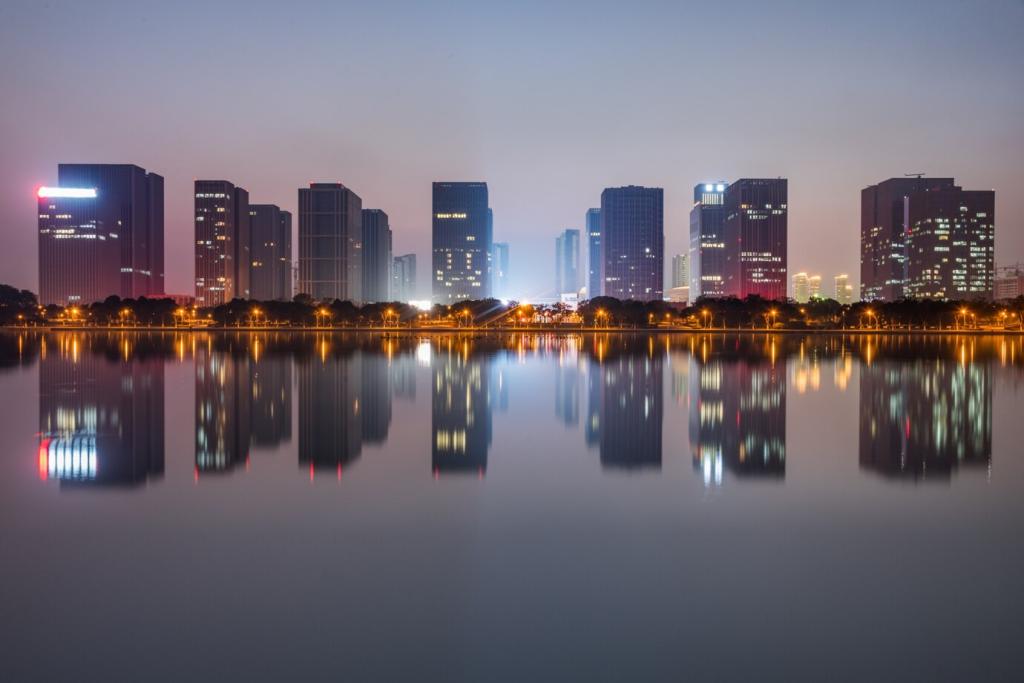
People at the Power Points
Position a pedestrian, cyclist, or vendor at a power point to measure the city’s immensity. I once framed a street musician on the lower-right intersection beneath a cathedral of glass, and the contrast between human grit and corporate shine told the entire story.
Golden Hours That Glide on the Lines
At sunrise, guide warm light along the lower third to warm foreground textures, while a cool skyline rests on the upper line. This contrast feels cinematic. Try a sunrise walk, post your results, and note which third carried the emotion most convincingly.
Neon Nights and Vertical Thirds
At night, stack neon signs on vertical thirds, separating saturated hues from neutral shadows. The spacing keeps colors from clashing. In Tokyo’s rain, I placed a magenta sign on the right vertical and let blue reflections pool along the lower third—electric harmony.
Lens Choice and Perspective for Thirds Precision
Wides exaggerate leading lines toward intersections; teles compress and stack elements neatly on thirds. Experiment by shooting the same corner with both. Share which lens helped your subject sit confidently on a power point without drowning in urban noise.
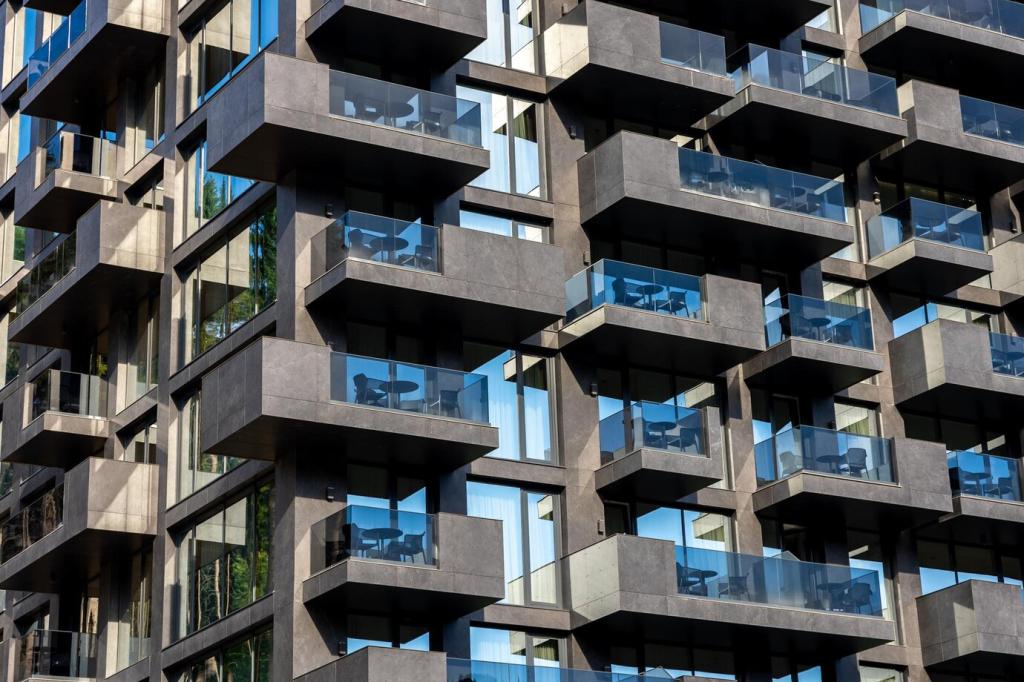
Breaking the Rule to Prove You Know It
Centered Symmetry as a Conscious Contrast
Choose symmetry when it says more than thirds can. Frame a boulevard dead center, then shift one shot so the same scene hugs a vertical third. Post both and explain why symmetry demanded attention, and where thirds added narrative tension instead.
Edge Tension and Deliberate Discomfort
Place your main subject near the frame edge to evoke urgency, then anchor a secondary element on a power point to stabilize the push and pull. This contrast proves control. Tell us when edge tension better captured the city’s restless heartbeat than a tidy grid.
Minimalism: Empty Thirds, Loud Meaning
Leave one third intentionally empty—fog, sky, or blank wall—to give space for meaning. A lonely cyclist on the lower-left intersection against a sea of mist speaks volumes. Share how negative space made your cityscape feel poetic, not barren.
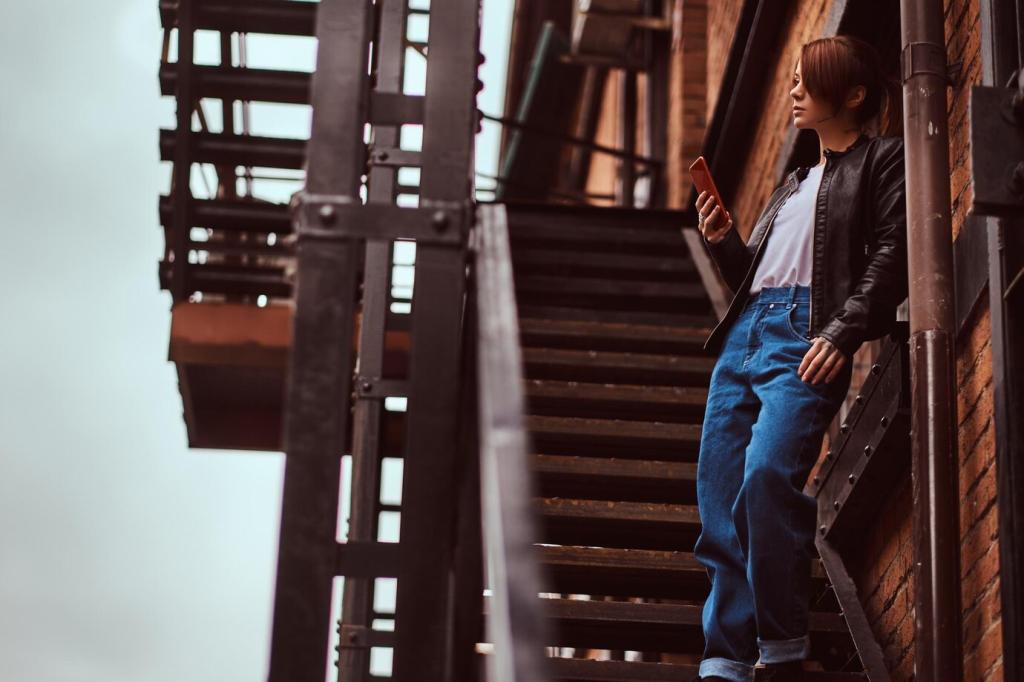
In Lightroom or mobile apps, toggle the 3×3 crop overlay and ask: does my subject sit with purpose on a third? Nudge gently until the frame exhales. Share before-and-after crops, noting how small adjustments unlocked balance and strengthened your city story.
Editing with Intention: Cropping to the Grid
Practice Prompts and Community Momentum
Seven-Day Thirds Challenge
Each day, target one intersection for a different subject—people, signage, vehicles, reflections, textures, skyline, and sky. Post your set, invite feedback, and tell us which day taught you the most about placing meaning where two lines quietly meet.
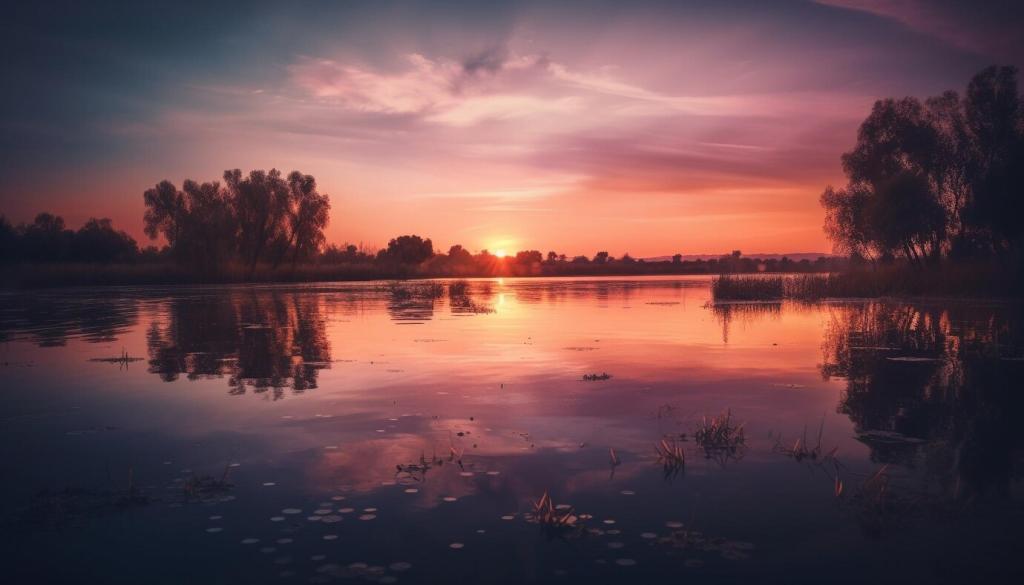
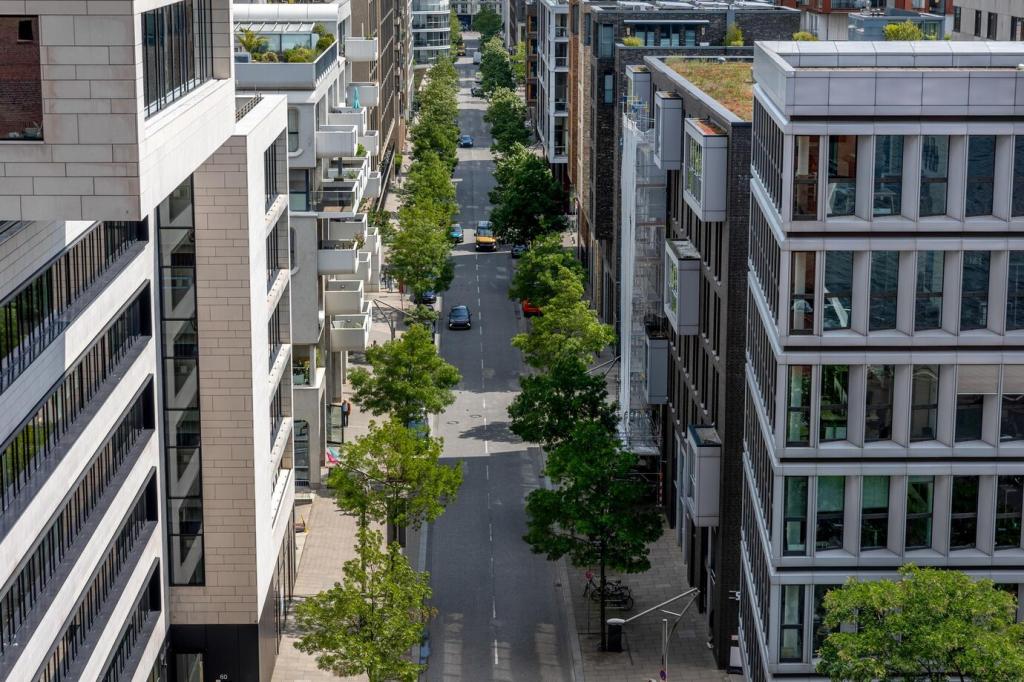
Story Hunt at Rush Hour
During peak traffic, frame motion on one third and a still subject on a power point. Compare frames across intersections. Share your favorite and why the chosen third guided chaos into coherence, turning a noisy corner into a legible, human narrative.
